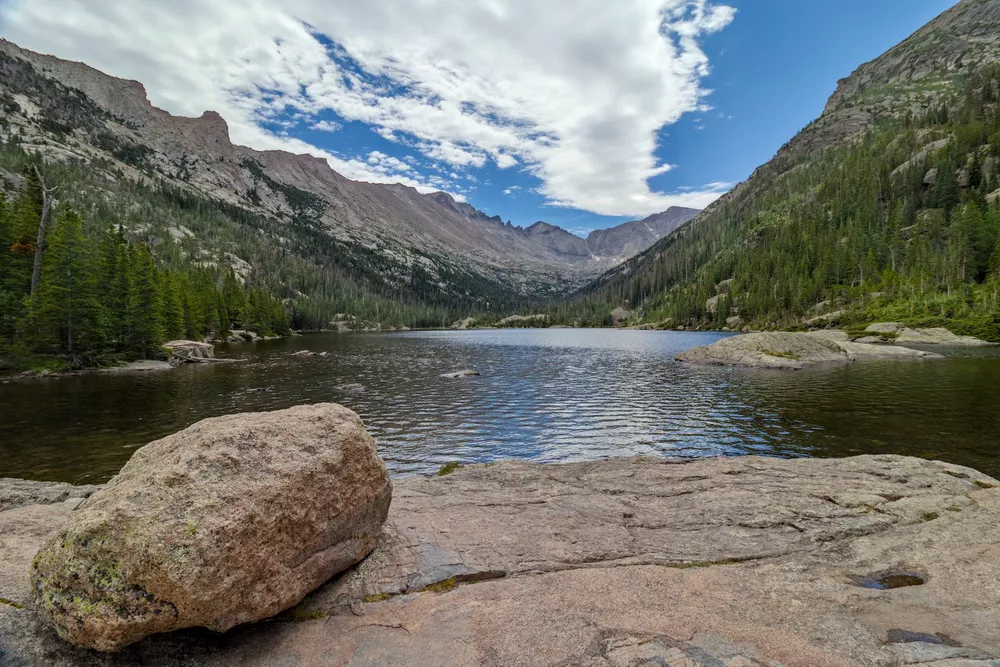When shooting a scene with elements at a wide variety of distances from the camera, like a landscape, you can easily end up with some elements of the scene out-of-focus. Fortunately, by understanding the hyperfocal distance and using a wide-angle lens, you can easily ensure your photo is sharp and in-focus from front to back.
What Is The Hyperfocal Distance
As PhotoPills succinctly explains, the hyperfocal distance is the distance you can focus at to maximize the depth-of-field (DoF) in your image. This is not a static value - it varies by focal length and aperture, so you need to calculate it for the settings you plan to use in your shot. Fortunately, PhotoPills also provides this handy table to calculate the hyperfocal distance for a given focal length and aperture. I'd recommend keeping an app that lets you calculate this value on your phone so you can easily look it up when shooting.
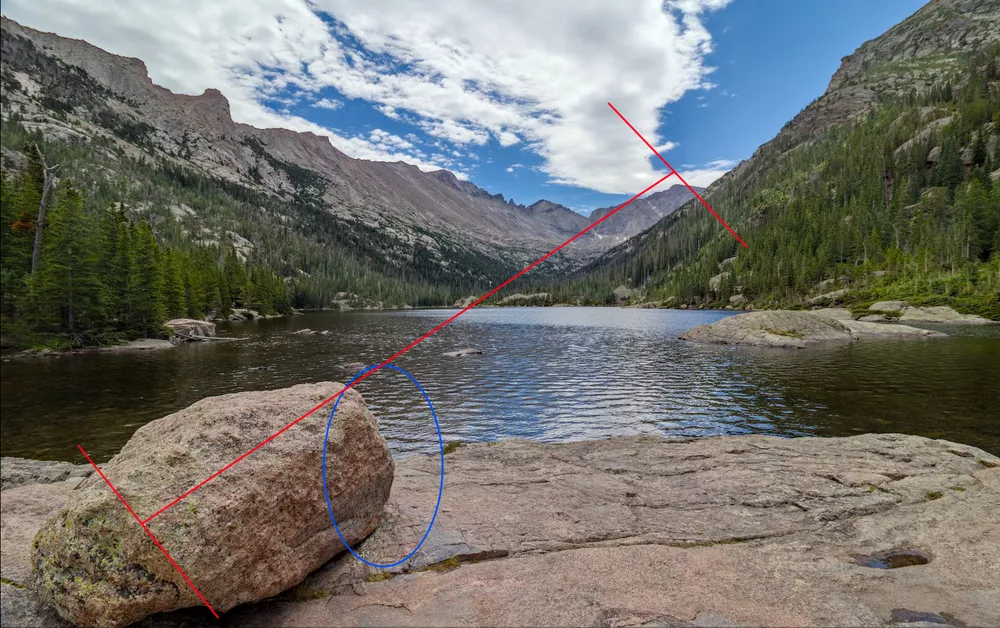
In the above photo (shot at 10mm and f/8), the camera is focused at the hyperfocal distance (in the blue circle). Consequently, all of the distances within the red brackets (from 1-2ft in front of the camera to infinity) are in focus. Below are slices of the background and foreground zoomed in so you can clearly see that they are sharp:
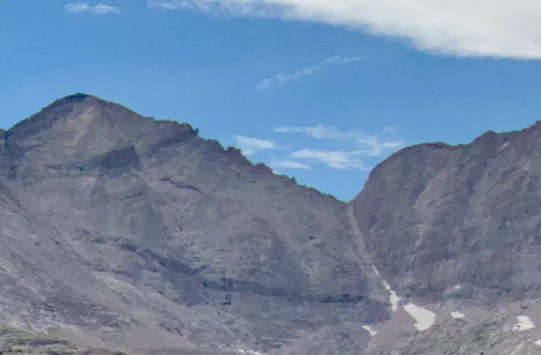
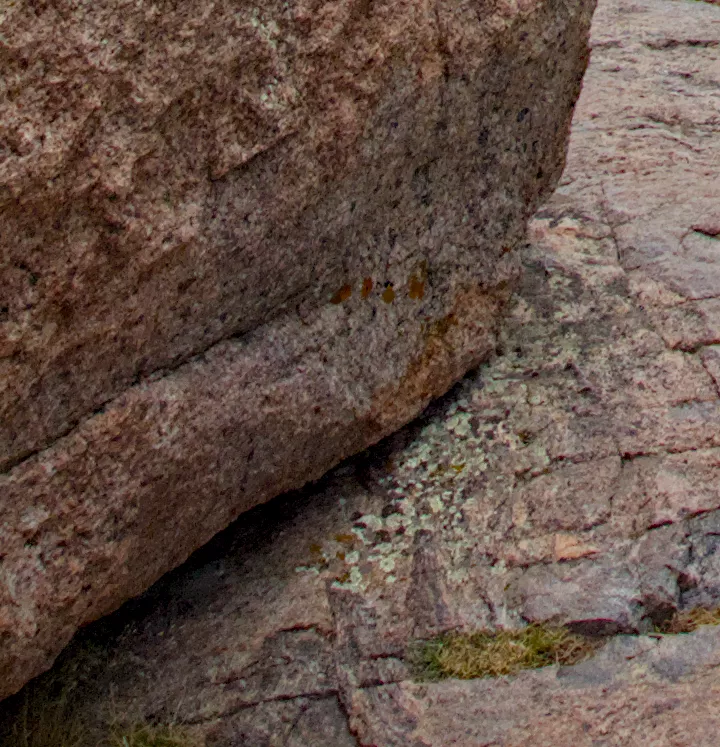
By focusing at the hyperfocal distance, you will maximize the DoF and ensure as much of both the foreground and background are in focus.
The Value of a Wide-Angle Lens
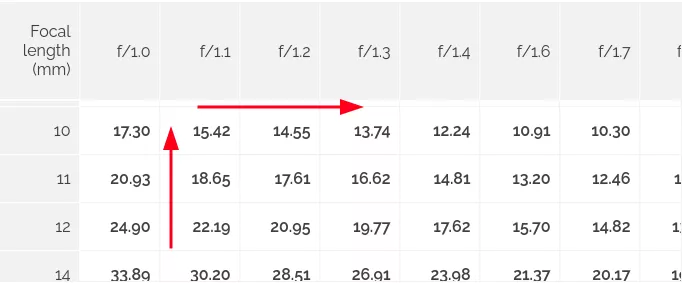
If you examined the aforementioned hyperfocal table, you'll observe that short focal lengths at relatively small apertures have a very short hyperfocal distance (e.g. 10mm at f/8 is 1-3ft depending on the camera). This means that if you use a wide-angle lens (ideally wider than 17mm) and shoot at a relatively small aperture (but not too small as we'll see next due to diffration), it'll be easy to get the entire scene in focus.
I spent years shooting landscapes with a telephoto (17-55mm) and while it's a fantastic lens for many situations, I often struggled to keep everything in focus when shooting landscapes. After I switched to using a wide-angle lens (10-18mm), I was amazed at how easy it was to get everything in focus. While 17mm already seems pretty wide, going even wider can make a huge difference.
Thinking About Diffraction
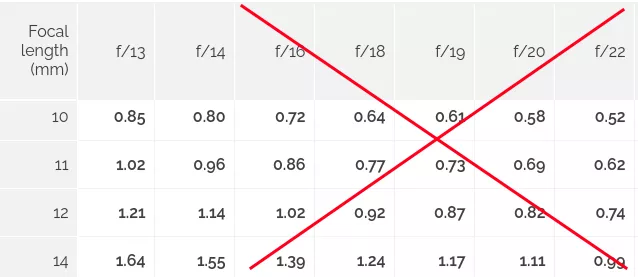
As described here, choosing a very small aperture (like f/22) will result in a significant amount of diffraction and thus a blurrier image. While it's true that a smaller aperture does provider greater DoF, using the hyperfocal distance instead and a larger aperture (e.g. f/8) will result in a wider range of distances that are sharp while still keeping it in focus and letting in more light.
Putting It All Together
In summary, you can make shooting sharp landscapes easy by following these guidelines:
- shoot at a wide focal length, greater than 17mm
- shoot at a small aperture, but not too small to avoid diffraction
- focus at the hyperfocal distance and everything between half the hyperfocal distance to infinity will be sharp

